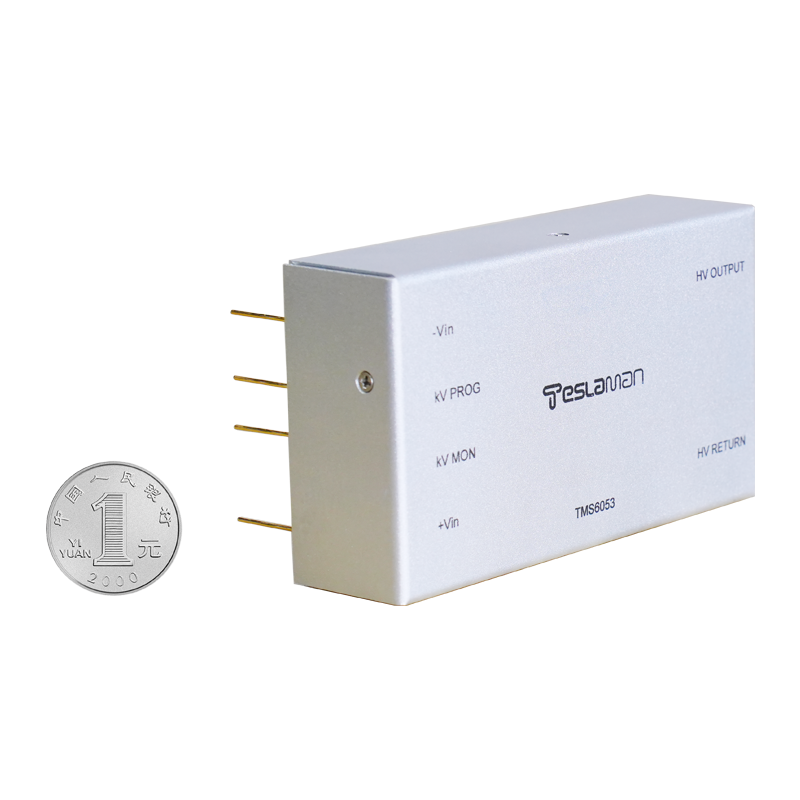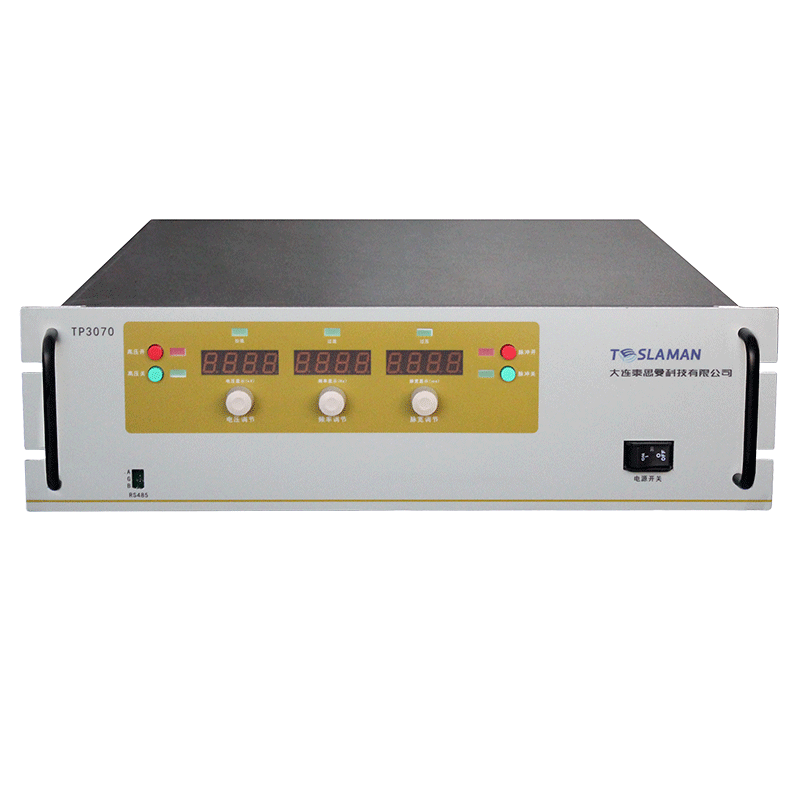New Applications of High-Voltage Power Supplies in Environmental Monitoring
Against the backdrop of increasingly severe global environmental issues, environmental monitoring, as a crucial foundation for ecological protection and pollution control, demands higher precision, real-time capabilities, and automation in monitoring technologies. High-voltage power supplies, with their high energy density, precise electric field regulation, and plasma excitation capabilities, are gradually becoming key technical supports in the field of environmental monitoring, demonstrating innovative application potential in multi-dimensional monitoring of the atmosphere, water quality, soil, and more.
1. On-line Monitoring of Atmospheric Pollutants Driven by High-Voltage Power Supplies
Real-time and accurate monitoring of atmospheric pollutants is the core of air quality assessment. High-voltage power supplies play a pivotal role in monitoring equipment based on spectral analysis. In the Differential Optical Absorption Spectroscopy (DOAS) technology, high-voltage power supplies provide stable high-voltage pulses to light sources such as xenon lamps, exciting the light sources to generate high-intensity, broad-spectrum ultraviolet-visible light. By analyzing the absorption characteristics of pollutants at specific spectra, quantitative detection of gases such as sulfur dioxide and nitrogen oxides can be achieved. Additionally, in particulate matter monitoring, high-voltage power supplies can be applied to corona charging particulate matter sensors. By creating a high-voltage electric field inside the sensor, particulate matter becomes charged and is precisely captured under the action of the electric field force. Combined with current signal conversion, the concentration of particulate matter can be quickly calculated. Compared with traditional optical methods, this technology significantly improves the detection sensitivity for ultrafine particles.
2. Innovative Applications of High-Voltage Power Supplies in Water Quality Monitoring
Water quality monitoring involves the rapid identification and quantitative analysis of complex pollutants, and high-voltage power supplies offer new technical approaches. In electrochemical-based heavy metal ion detection, high-voltage power supplies create a strong electric field on the electrode surface by applying pulsed voltages, accelerating the enrichment and redox reactions of heavy metal ions, thus greatly enhancing detection sensitivity. For example, in lead ion detection experiments, the detection limit can be reduced to the nanogram per liter level after using a high-voltage pulsed power supply. Furthermore, in the field of aquatic biological toxicity monitoring, microfluidic chip technology driven by high-voltage power supplies is emerging. By constructing a high-voltage micro-electric field inside the chip, real-time monitoring of the physiological state changes of microorganisms under the influence of pollutants can be achieved, providing direct biological evidence for water quality safety warnings.
3. Technological Breakthroughs of High-Voltage Power Supplies in Soil Environmental Monitoring
In-situ and rapid detection of soil pollutants is one of the current challenges in environmental monitoring. High-voltage power supplies have achieved innovative applications in soil Electrical Impedance Tomography (EIT) technology. By injecting low-frequency high-voltage current into the soil, an electric field distribution is formed in the soil medium. Using the differences in the impact of various pollutants on soil conductivity, the distribution image of pollutants inside the soil can be inverted. This technology does not require complex sample pretreatment and can achieve non-invasive monitoring of heavy metals and organic pollutants in the soil. Additionally, in soil gas monitoring, photoionization detectors (PIDs) driven by high-voltage power supplies can efficiently ionize volatile organic compounds (VOCs). By precisely measuring the ion current intensity, rapid detection of pollutants such as benzene series and halogenated hydrocarbons in the soil can be realized.
4. Intelligent Development Trends of High-Voltage Power Supplies in Environmental Monitoring
With the integration of Internet of Things and artificial intelligence technologies, the application of high-voltage power supplies in environmental monitoring is evolving towards intelligence. New high-voltage power supplies are integrated with adaptive control modules, which can automatically adjust output parameters according to changes in the monitoring environment, ensuring that the monitoring equipment is always in the optimal working state. Meanwhile, modular design enables high-voltage power supplies to be highly integrated with various sensors and data transmission modules, constructing an intelligent environmental monitoring network that provides more timely and accurate data support for environmental governance decisions.
In conclusion, the innovative applications of high-voltage power supplies in the field of environmental monitoring have effectively promoted the upgrading of monitoring technologies. In the future, with continuous technological development, high-voltage power supplies will play an even more important role in the intelligent, precise, and multi-parameter collaborative monitoring of the environment, providing solid technical guarantees for global ecological environmental protection.




















